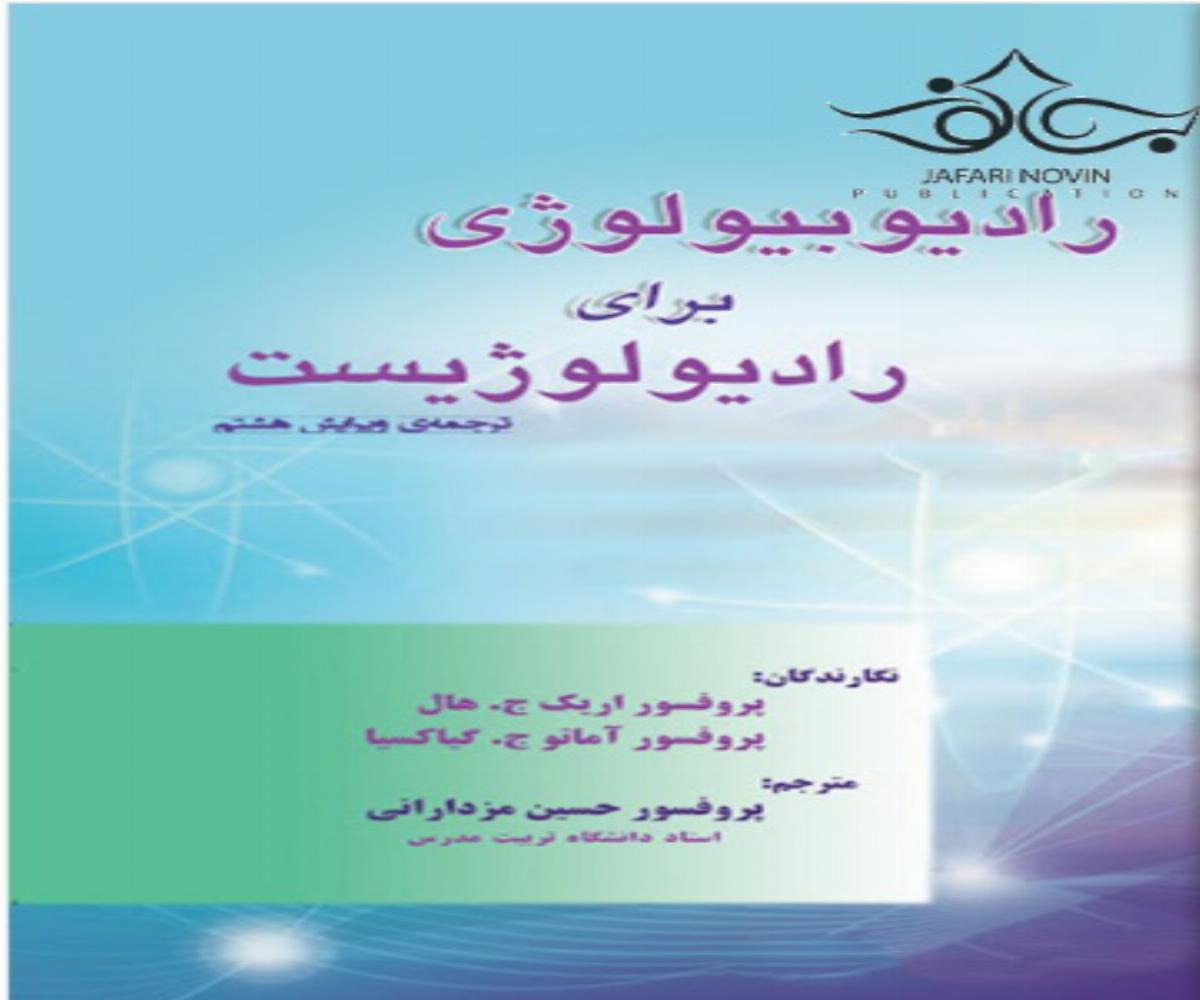As penetrating radiation moves from point to point in matter, it loses its energy through various interactions with the atoms it encounters. The rate at which this energy loss occurs depends upon the type and energy of the radiation and the density and atomic composition of the matter through which it is passing. The various types of penetrating radiation impart their energy to matter primarily through excitation and ionization of orbital electrons. The term "excitation" is used to describe an interaction where electrons acquire energy from a passing charged particle but are not removed completely from their atom. Excited electrons may subsequently emit energy in the form of x-rays during the process of returning to a lower energy state. The term "ionization" refers to the complete removal of an electron from an atom following the transfer of energy from a passing charged particle. In describing the intensity of ionization, the term "specific ionization" is often used. This is defined as the number of ion pairs formed per unit path length for a given type of radiation.
Because of their double charge and relatively slow velocity, alpha particles have a high specific ionization and a relatively short range in matter (a few centimeters in air and only fractions of a millimeter in tissue). Beta particles have a much lower specific ionization than alpha particles and, generally, a greater range. For example, the relatively energetic beta particles from P32 have a maximum range of 7 meters in air and 8 millimeters in tissue. The low energy betas from H3, on the other hand, are stopped by only 6 millimeters of air or 6 micrometers of tissue.

